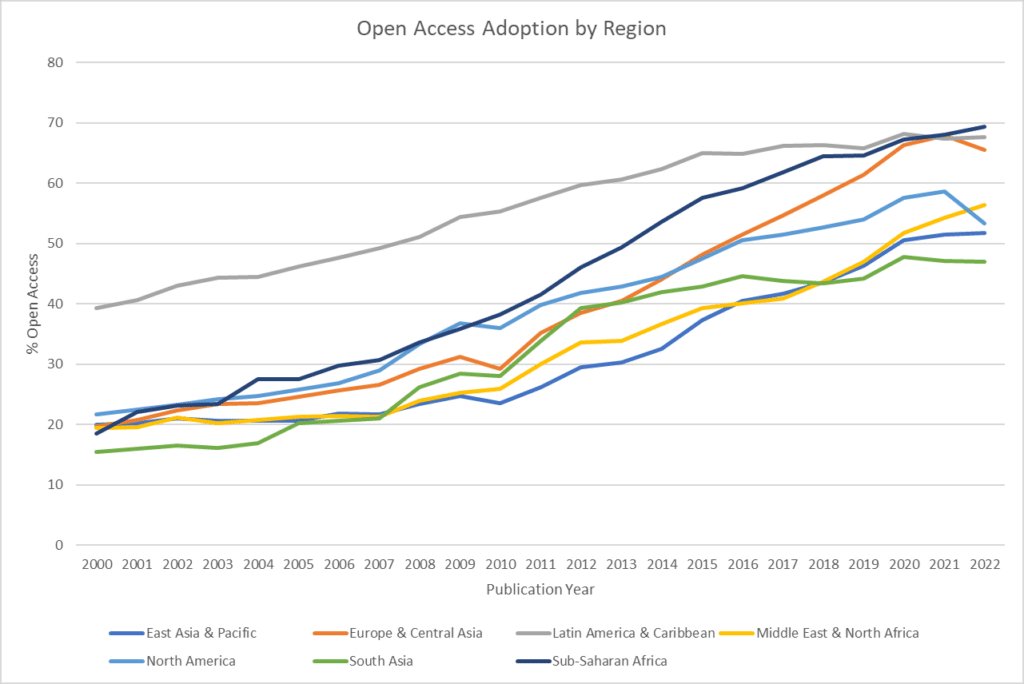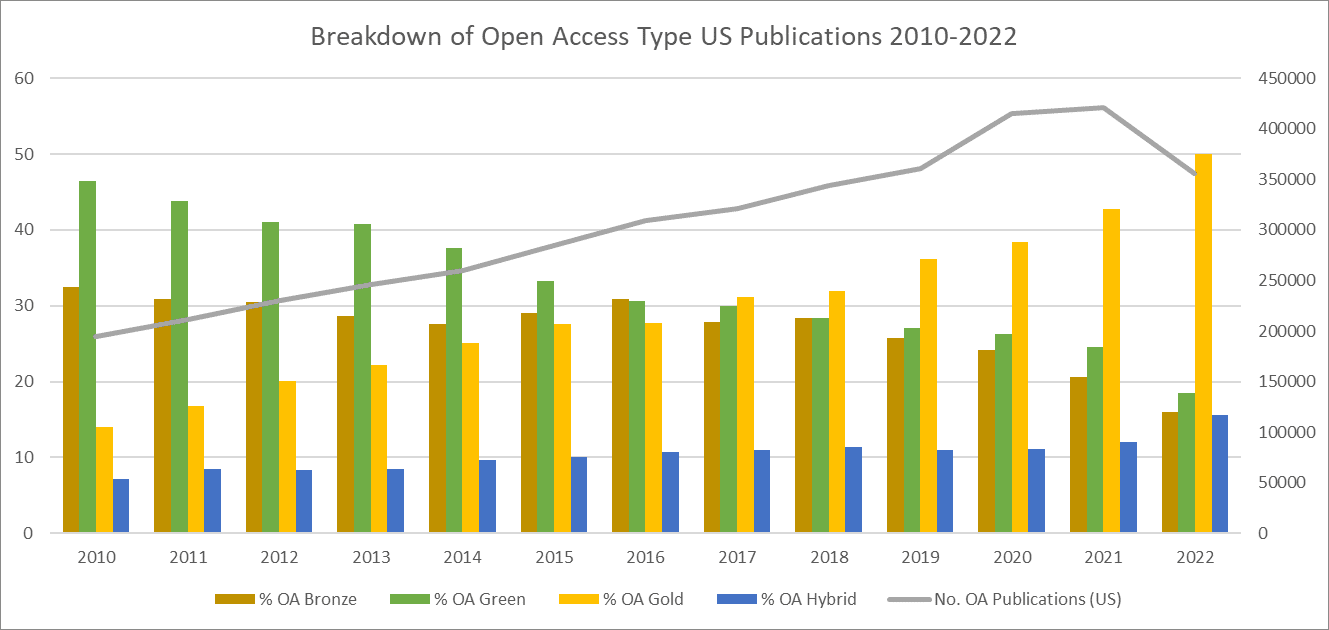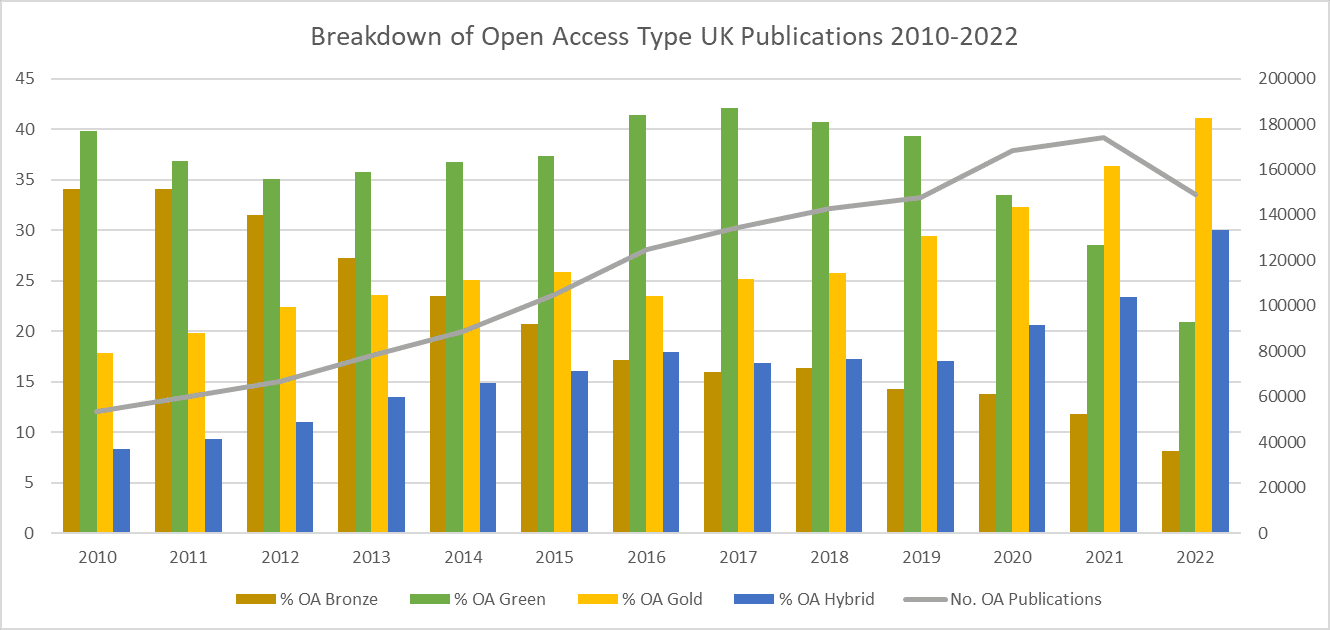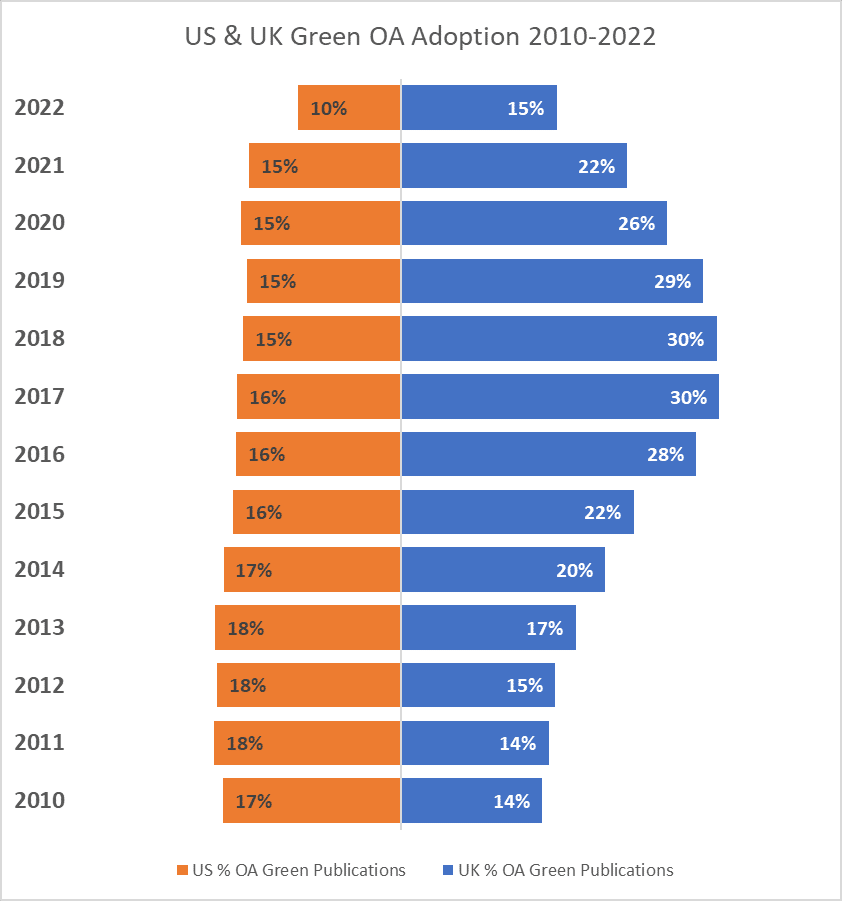Perhaps nothing made a stronger case for the wider adoption of open access (OA) publishing than the urgency to meet the challenges of the COVID-19 pandemic. And, this year for the International Open Access Week (23 -29 October), the theme – Community over Commercialization – fits well with the motivations that spurred the open access adoption during the pandemic.
However, the arguments and policies underlining the importance of OA publishing predates the COVID-19 pandemic. The Plan S initiative for OA science publishing was launched in 2018 by “cOAlition S”, a consortium of national research agencies and funders from twelve European countries. Plan S required scientists and researchers who benefit from certain state-funded research organizations and institutions to publish their work in open repositories or in journals that are available to all by 2021.
In the US, the Office of Science and Technology Policy (OSTP) opened the path to OA publishing of federally funded research in 2013. In August 2022, OSTP issued guidance to make all federally funded research in the United States freely available without delay, writing, “OSTP expects all agencies to have updated public access policies fully implemented by the end of 2025.”
An OA adoption divide?
Looking at data from Dimensions gave deeper insights into the OA trends in the US and Europe. The first obvious takeaway was that there are indeed differences in the adoption of OA, with the EU and countries like the UK ahead of the curve compared to the US. Dimensions data (see Fig. 1, below) showed that the EU’s transition towards OA started accelerating in the last few years – fuelled in part by the Plan S initiative – while North America’s transition did not keep pace with EU or Sub-Saharan Africa, and was overtaken by the Middle-East and North Africa in 2022.

Dimensions data also showed that of the 671,271 articles published in 2022 in the top six European publishing countries (UK, Germany, Italy, France, Spain, Netherlands) 440,356 were available as OA (67%) and 78,507 as Green OA (12%). Globally, of the 5,193,429 articles published in 2022, just 3,024,091 were OA (58%), and in the US the figures were 662,408 articles published and 344,195 OA (52%).
Differences in the OA types1
Next, Dimensions data was parsed to see if there were differing trends in the different types of OA. And, a more granular view of the different types of OA showed a big rise in the last 2-3 years of Gold OA compared to other forms of OA in the US. In countries such as the UK, however, this trend also saw increases in the percentage of hybrid OA articles against a decline in Green OA (see Figs. 3a and 3b).



Figs. 3a, 3b, and 3c illustrate the variations in trends in OA adoption types between the UK and the US from 2010 to 2022. 3c shows that in 2022, Green OA adoption in the US was 10% compared to 15% in the UK.
Using topline data from Dimensions, OA and Green OA are expected to increase in the US as the OSTP memo is implemented, with changes to budget structures within US universities and pressure for publishers to share author accepted manuscripts (AAMs) with repositories. As the US faces the implications of the OSTP memo, it may be able to gain valuable insights from UK and EU’s experiences, where the transition to OA seems to be ahead of the US. The net effect, however, has been increased adoption of OA since incentives started to appear in 2013. And, tracking this data in real-time on platforms like Dimensions will be crucial for publishers as OA demands increase.
For more on the topic of open access, read the following articles:
- Dimensions data used in paper on 2022 OSTP Memo
- Moving towards an open Access future
- Open Access surpasses subscription publication globally for the first time
- How PLOS uses Dimensions to validate next generation Open Access agreements
If you want to know about how Dimensions can be used for tracking OA related data in real-time, contact the Dimensions team.
- There are many types of open access journals, and they fall into different publishing models:
Gold – publisher makes to articles in fully accessible on the journal website, under a creative commons or similar license. An author-facing publication fee (APC) is usually paid by the author (or other funder).
Hybrid – a subscription journal where the publisher allows authors to pay to make individual articles open access. Differs from a Gold OA journal because a library (or other subscriber) is still paying for a subscription to the journal, so effectively, the publisher is paid twice for the article, once via subscription, and once via the APC to make the article OA.
Diamond/Platinum – journals that publish OA but do not charge APCs. These are funded by institutions, advertising, philanthropy, etc.
Bronze – journals that are free to read online but do not have a license – they are not generally available for reuse.
Green – refers to self-archiving generally of the pre or post-print of articles in repositories.
Source: Georgia State University Library, Research Guides: https://research.library.gsu.edu/c.php?g=115588&p=754380 ↩︎
